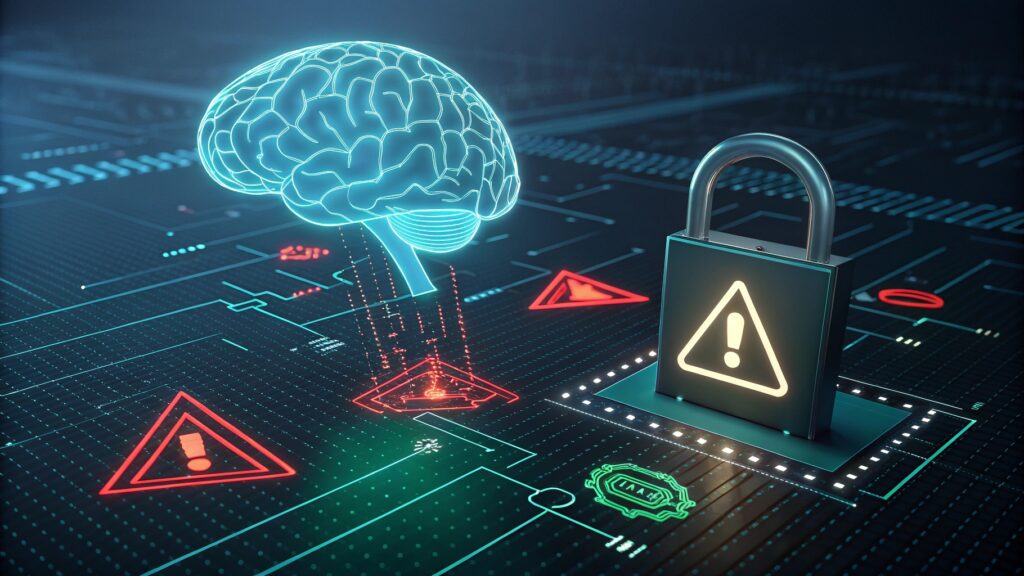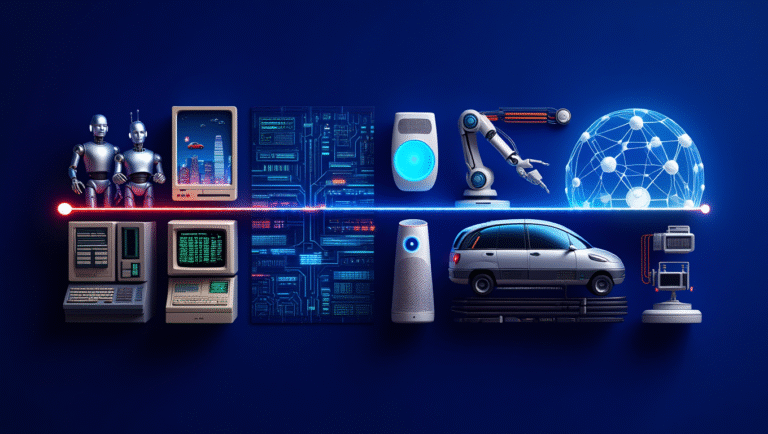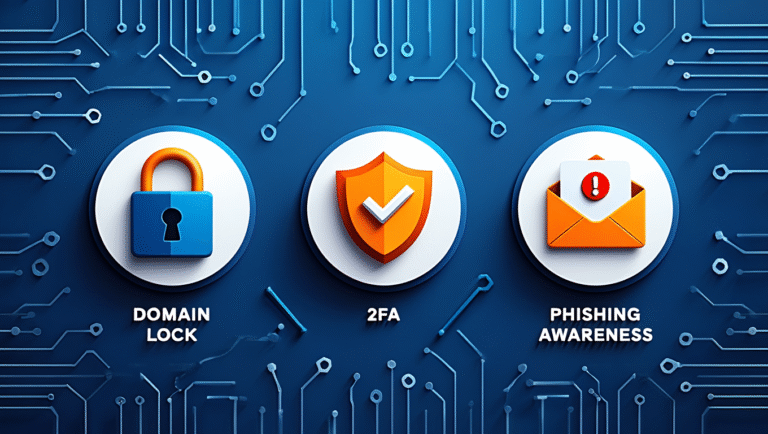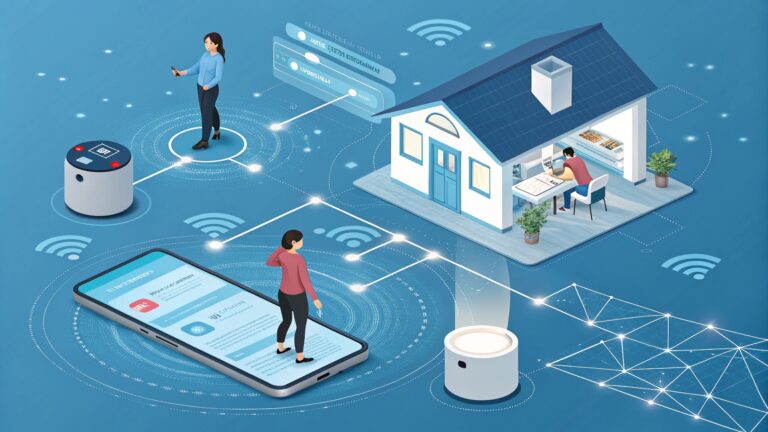As we move through 2025, the interdependence of artificial intelligence (AI) and cybersecurity is an integral part of the way organizations and their stakeholders secure their data and systems. The range of organizations incorporating AI into their data and systems ranges from small business start-ups to global companies. AI has gone beyond the concept of an advanced option—it has become a necessary tool. AI is a double-edged sword, as it provides defenders the proper tools to analyze threats and respond, while providing malicious actors more sophisticated methods to develop and exploit vulnerabilities. Let’s look at the ways AI is changing the cybersecurity landscape and provide one human perspective on this duality in the way technology is changing warfare.

The Power of AI in Cyber Defense
The dual nature of AI in cybersecurity—both a shield and a sword—means organizations must adapt quickly to stay secure. Here are some practical steps businesses are taking in 2025 to harness AI effectively:
Shoring up AI Governance
AI governance frameworks are being rolled out by organizations to responsibly manage the power of AI tools. Developing frameworks will include transparency and propriety in handling AI data, implementing review processes to identify potential bias or mistakes in systems, and establishing rigid oversight to limit the potential misuse of AI tools. The EU’s AI Act completely flips the AI landscape – with phased compliance deadlines starting in February 2025, organizations will assurably put a premium on building secure – by – design AI systems, leaving the rest of the world, eager to join the EU in responsible AI use, as a follow-up outside of pro-technology encourages it’s quicker adoption.
Investing in Quantum-Resistant Cryptography
Quantum computing is coming, and it is not fictional. According to several experts, by 2025, quantum computers will break traditional encryption, rendering sensitive data insecure. Organizations are taking initiative and making the switch to post-quantum cryptography and following the nomenclature set out by the National Institute of Standards and Technology (NIST). Think of it as trying to change your locks on your house before a world-class master-thief moves in next door.
Predictive Defense
AI doesn’t just react—it predicts. By analyzing historical data and emerging patterns, AI systems can forecast potential vulnerabilities and threats. For example, predictive analytics can warn organizations about weak points in their infrastructure, like unpatched software or misconfigured cloud settings, before attackers exploit them. This proactive approach is a game-changer, turning cybersecurity from a reactive scramble into a strategic chess match.
The Dark Side: AI in the Hands of Cybercriminals
As much as AI strengthens defenses, it’s also a weapon for bad actors. Cybercriminals are using AI to craft attacks that are faster, smarter, and harder to detect. Here’s a closer look at the challenges we’re facing in 2025:
Previously, phishing emails were easy to identify—poor grammar, suspicious links, or common greetings. However, that is no longer the case. AI-generated phishing emails, in 2025, are realistically convincing because they mimic a given person’s writing style, and in “vishing” (voice phishing) attacks, recreate a person’s voice. A recent study found that AI-generated phishing emails had a click-through rate of 54% compared to only 12% for emails generated by a human. It is like getting an email from your manager that sounds exactly like them, with work-potentially being a fraud. Deepfake audio and video are also growing, and attacks
ers only need a 3-second audio clip to create a convincing impersonation of a target.
The Evolution of Malware
AI is the booster for malware and has made malware more adaptable and evasive. The shape-shifting malware will change the code to avoid detection from timeless detection tools, and algorithmic ransomware targets only critical data. For example, an attacker will be able to use AI to scan an entire network for weaknesses in a fraction of the time and then launch a tailored attack that exploits the weakest point of the target. The cybercrime revenue impulse is staggering; cybercrime is now generating over $8 trillion in annual revenues, nearly five times the revenues of the world’s largest tech companies.
Synthetic Identity Fraud
Picture this: a scammer creates a fake persona so realistic it fools even the most robust identity verification systems. AI-driven synthetic identity fraud is a growing concern in 2025, with attackers using deepfakes and fabricated profiles to bypass authentication. From impersonating executives to tricking banks into opening fraudulent accounts, these schemes are shaking trust in digital identities.
Navigating the AI Cybersecurity Landscape
The dual nature of AI in cybersecurity—both a shield and a sword—means organizations must adapt quickly to stay secure. Here are some practical steps businesses are taking in 2025 to harness AI effectively:
Establishing Strong AI Governance
“With great power comes great responsibility!” Many organizations are establishing AI governance programs to ensure their tools are secure and ethical when utilized. This means being transparent about how AI processes data and undertaking thorough audits to identify potential biases or errors. Being mindful of AI misuse will require multiple levels of organizational oversight to detect fast-moving technologies. The premise behind the EU’s AI Act, with looming phased compliance timelines beginning in February 2025, is to ensure organizations act responsibly when moving towards secure-by-design AI systems, representing a global standard for responsible AI use.
Invest in Quantum-Resistant Cryptography
Quantum computing is no longer a notion of science fiction—it is here as a threat. Experts are warning that traditional encryption will be cracked by quantum computers as early as 2025, which means sensitive data will be at risk. Organizations are already adopting post-quantum cryptography options, allowing organizations to leverage global standards, such as those established by the National Institute of Standards and Technology (NIST). It is as if you need to upgrade your locks before a master thief’s demographic arrives in your neighborhood.
Training the Human Firewall
The technology isn’t enough. With human error remaining a top catalyst for breaches, companies are focusing more heavily on employee training. In 2025, Security Awareness Programs employ AI to simulate phishing attacks, educate staff on how to recognize red flags. It’s the equivalent of conducting fire drills for cyberattacks, preparing coworkers for what action to take when the alarm goes off.
Collaborative Defensive Strategies
By 2025, nobody will fight by themselves. Organizations are engaging in partnerships across sectors to share threat intelligence and build AI-powered defense networks. Collaborative Automated Course of Action Operations (CACAO) is an effort to leverage company resources across the business sector and increase timeliness to respond to threat intelligence. It’s acting like neighbors joining forces to protect their neighborhood.
The Road Ahead: Balancing Innovation and Vigilance
As we look at 2025, the cybersecurity world feels like we are in a fast car, as a high-speed chase, where it feels great, but watch out! AI is both changing how we protect the digital realm, as it presents new capabilities and shields that are faster and smarter. AI is also changing the level of creativity and scale of cyberattacks, which makes us figure out how to be ahead of our threats and adversaries. How do we view this changing landscape? After all, this is the world we live in, from here on? The answer is balance; we must leverage the goods that AI offers us, but we should be cautious of the risks it exposes us to.
The message for businesses and individuals alike is simple—find and invest in the AI tools, put your governance ahead of your decisions, and never risk losing your human component. Cybersecurity posture in 2025 will not just be about technology; it requires resiliency, adaptability, and collaboration, either internally, externally, or with software. So stay hungry, keep learning, and embrace the future! Remember, in this digital world, the only constant is change, and with AI, we are ready!



